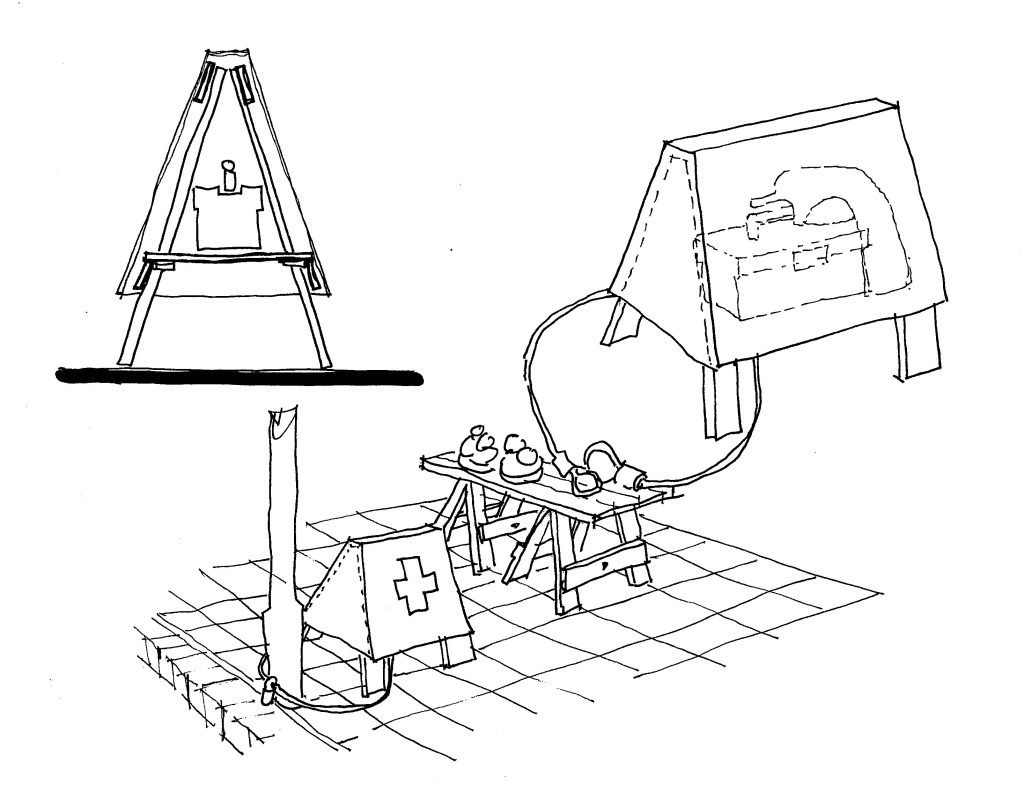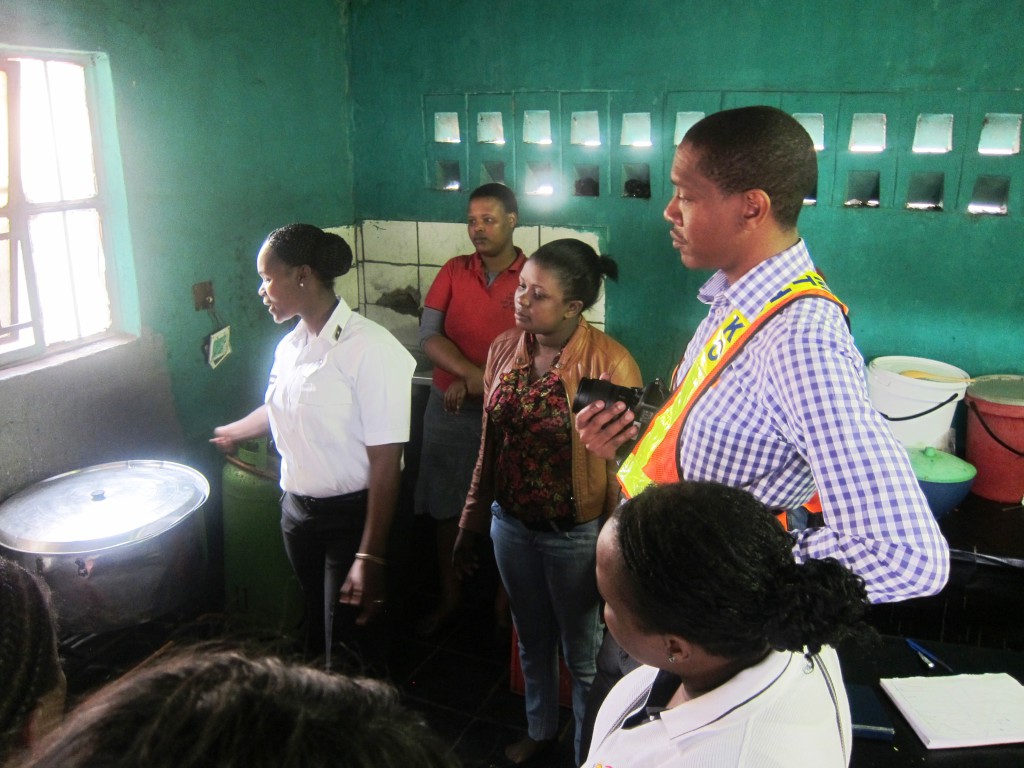Written by Laura Alfers. Photo-compilation by Tasmi Quazi.
Asiye eTafuleni (AeT) has recently collaborated on a three country project which focused on the access of informal workers to health services. The project was led by Women in Informal Employment: Globalizing and Organizing (WIEGO), and also included partners in Thailand (HomeNet Thailand) and India (SEWA – the Self Employed Women’s Association). The work forms part of the Rockefeller Foundation’s Informal Workers Health Initiative, and this video provides an overview of this work.
In each country, partners were first asked to undertake research which looked at the barriers informal workers face in accessing health services, and then asked to develop an innovative multi-modal model which could help workers to bring down those barriers. In Durban, the work concentrated on street traders in Warwick Junction.

- To learn about the ‘day clinic’ which was an initiative which brought health service to street traders in Warwick Junction, click here. Photo: Laura Alfers.
Chief amongst the problems in Warwick are the unhealthy and unsafe conditions under which traders are forced to work. These are exacerbated by a lack of appropriate workplace infrastructure and services. Xolisile Mhlongo is a cook in the Bovine Head Market, who had a bad accident when her gas stove exploded. Her fellow traders threw water on her burns, without knowing that this would make them much worse. In the end, Xolisile had to spend three months in hospital recovering from her injuries, and was unable to work.
But what if Xolisile was able to work with a safer type of stove in an environment more conducive to safety? What if her fellow traders knew basic first aid procedures? What if they also had access to first aid equipment? To read more about her story, click here.
These were some of the questions which led to AeT’s model emphasising both design (of both work tools and the workplace) and health and safety education. One workplace safety design that AeT is currently piloting is a first aid stand that has been specifically designed for an open air public market.

- Design prototype of a First Aid Stand for informal workers developed for the Pephanathi Project. To read more about the first-aid initiative, click here. Design and sketch by Richard Dobson.
The Durban model also developed the idea of a “linking platform” where municipal departments concerned with urban health and safety could come into contact with public and occupational health departments. In this way it would be possible to provide informal workers with the institutional support they need to be more healthy and safe at work.

- The workplace-safety audit delegation with informal worker representatives, officials from Disaster Management and the Fire Department inspecting a food cook’s stall. To read more about the audit, click here. Photo: Tasmi Quazi.



